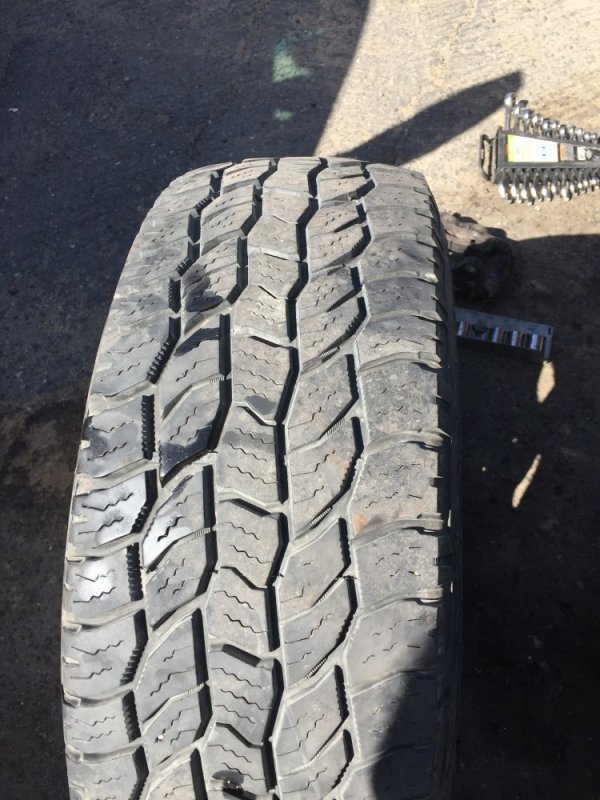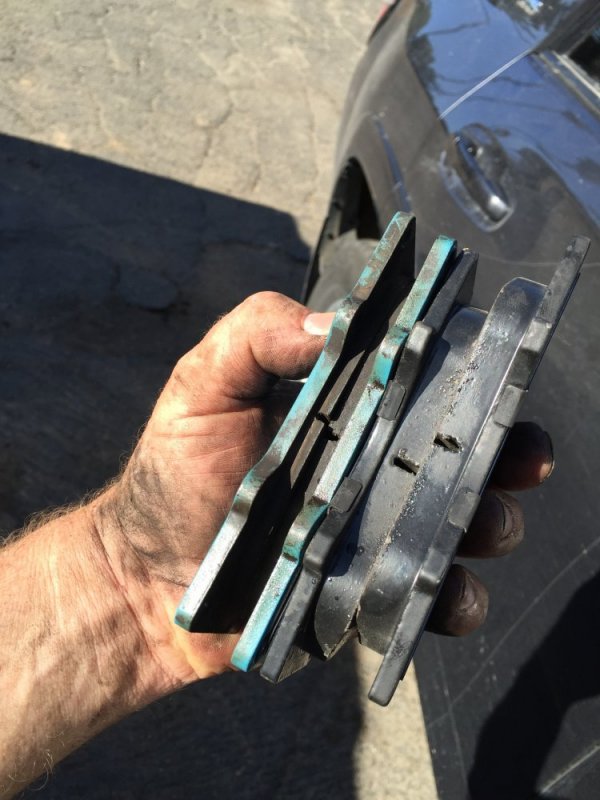Big T
Well-Known Member
Just got back from a 4,500 mile trip through 6 States, BC and Alberta. Fly fished in Fernie BC. Rotors on my wife's 2014 Toyota 4Runner warped. 75k miles when we got home. I replaced brake pads and had the rotors turned when I got home. I noted that the RF tire was worn on the inside with cupping and that is the side where I was real int the most wheel pulse while braking at highway speed. The LF tire was new as my wife cut a sidewall while off-roading over lava rocks in the CA desert before picking me up in SLC after the USC @ Utah game and going onward. Just shy of 20K on the rest of the tire, Cooper AT3s.
Question, would the pulsing from the warped rotor cause the described tire wear?
After having the rotors turned, the pulsing is gone.
Question, would the pulsing from the warped rotor cause the described tire wear?
After having the rotors turned, the pulsing is gone.


